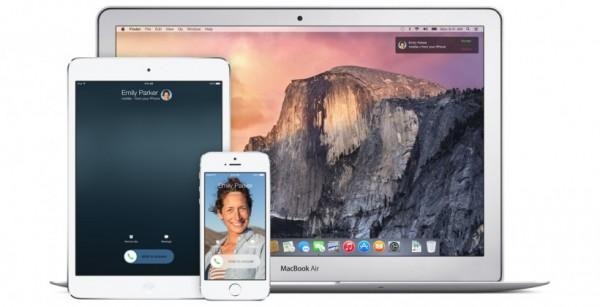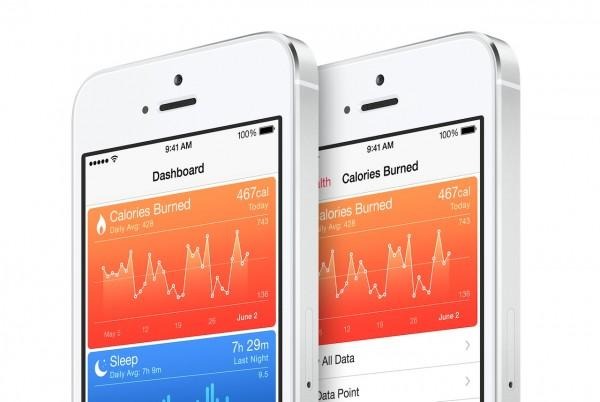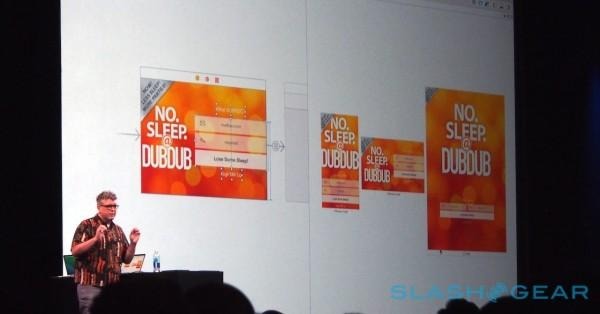iCloud, M7 And Context: WWDC Paves Way To iWatch
WWDC 2014 is over, and while it may not have brought us new hardware, it did give iOS 8 and OS X Yosemite their official reveal, key software launches in Apple's master plan. As is so often the case, though, the devil is in the details, and in among the developer sessions a picture of context, device ubiquity, and cross-platform identity gradually made itself clear; one which could have huge implications for Apple's upcoming push into wearables.
There were a few unspoken themes at this year's developer's event. Most significant was the cloud, and specifically iCloud, which is evolving from a chunk of online storage into a type of digital identity and the technology to enable it.
iCloud is increasingly becoming the glue that holds Apple services together. iCloud Drive's purpose as a Dropbox or Google Drive alternative is clear, but it's also iCloud which enables Continuity, the clever proximity-based service which hands over your workflow from iPhone, to Mac, to iPad, and back again.

As a form of ID, it's the link between iPhone and iPad/Mac for Game Forwarding, turning a gamepad-equipped iPhone into a wireless controller. Apple hasn't revealed full details yet, but iCloud is also likely to be the remote key to your smart home, using the new HomeKit framework for easier automation.
iCloud and Continuity bring proximity and location awareness. Apple's M7 chip, meanwhile, delivers the understanding of what you're doing while you're there. As of iOS 8 there'll be a new activity state supported, with cycling added to stationary, walking, running, and automotive recognition.
iOS 8: Everything you need to know from WWDC 2014
During a session on motion tracking and the Core Motion framework, Apple was keen to stress how by inferring from activity, a better understanding of the user's context – and what information might be most relevant to them – could be built up. When in a car, for instance, incoming messages might be better read-out rather than shown on-screen, which might be distracting.
When running, meanwhile, only the most important, time-urgent alerts should be allowed to disturb the user's exercise.

What does that mean for wearables? The M7 seems almost tailor-made for a wearable device, for a start, designed as it is to be as frugal as possible. 24 hours of motion tracking in pedometer mode, for instance, uses about the same amount of battery power as a three minute FaceTime call.
iOS 8 Health: Apple's play to own fitness
With that understanding of context, Apple's iWatch – or whatever wearable the company unveils – could obviously track fitness. However, it could also help shape how the wearer interacts with their notifications and apps, working in tandem with Continuity to ensure the right degree of information gets piped to the right screen.
How could Apple be confident it's all being presented in the most appropriate way? The new universal storyboards with size classes, in among the updated iOS developer tools, is the answer. By making it easier for the same apps to dynamically adjust their UI according to different sizes and orientations of screen, Apple could not only accommodate the expected larger-display iPhone 6, but potentially even smaller panels such as on a smartwatch.

With that, the M7 becomes the hub for real-time location and activity awareness, iCloud the ubiquitous identity, and together they finesse all of your personal data – combined with whatever contextual information is relevant, whether that be nearby friends, road traffic conditions, your schedule for the day, or other learned preferences – into the right notifications, at the right time, on the right screen, and in the right format.
Only time will tell how Apple's wearable and mobile strategies play out. With WWDC 2014 packed up and the developers headed home to play with Swift, though, two things seem clear. iCloud is no longer just for storing data, and Apple won't settle until it knows exactly what you're doing at each moment, and why.
